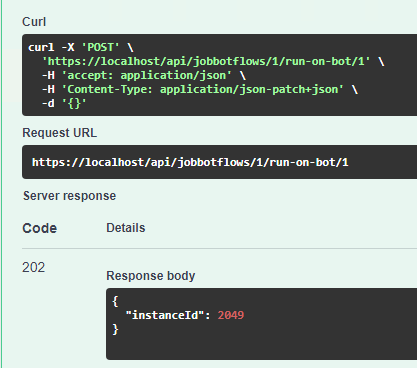Hi, Everyone,
Today we released the latest versions of both Central and Bot. I encourage you to upgrade Central and Bot today! You will also notice that we have released an updated version of the Chrome extension which should upgrade automatically in your browser.
We have added two new actions – Open Chrome and Open Edge – that should make it more reliable to open these browsers.
You will see a ParseJSON function in Bot as well, making it easier to work with objects returned from REST calls.
If you are using Open Data, there’s a new option to execute one or all records, so check that Help topic out if you are using Open Data actions.
If you are in the banking industry and use Fiserv, you are most likely moving from IE-based automations to Google Chrome and perhaps custom applications. We have made some enhancements for you to be more successful with both, particularly Fiserv Navigator. We have also made it easy to create copies of your IE actions so that they target Chrome or Edge. Right-click any IE action to see the conversion options; read our Help topic about it here. Be sure to upgrade to this version of Bot as soon as possible if you are using Fiserv.
We have upgraded our email functionality with the latest MailKit libraries, so sending & receiving email as well as parsing your inbox should be more reliable now.
In Central, we have updated the Instances page to load only a subset of the latest instances and added automatic paging to the page. As you scroll more instances are returned. You can control the page size (default is 50) by editing the SharedServiceSettings file located at Program Files (x86)NintexRPACentralRPACentral.
I am also happy to tell you that you can now automate Central using the API. Just add /Swagger to your RPA Central URL and you will see the full API. We have documented the most interesting endpoints in our Help topic, which also includes four Postman collections to get you started.
Lastly, if you are using K2 Five, you can work with the RPA Central API using custom Swagger files. Read more about that in the community article.
I also wanted to call your attention to the blog from yesterday regarding the Kryon acquisition we made and what that means to you. Please read more about that here.
Finally, here's a link so that you can read the release notes.
Thanks,
Mike
Product Manager - Nintex RPA and AssureSign


